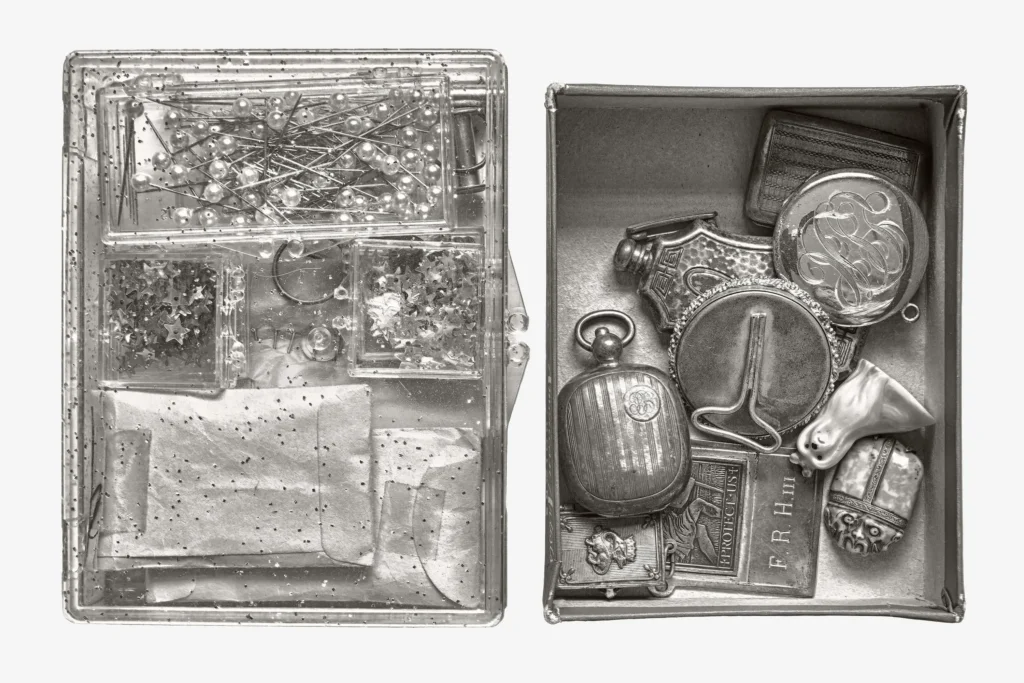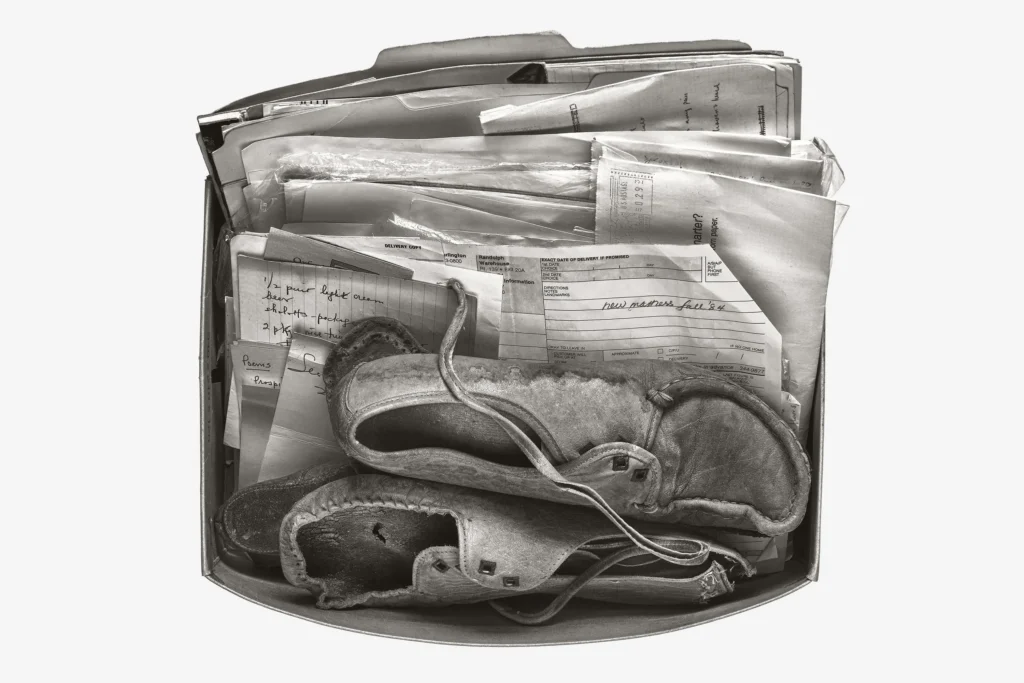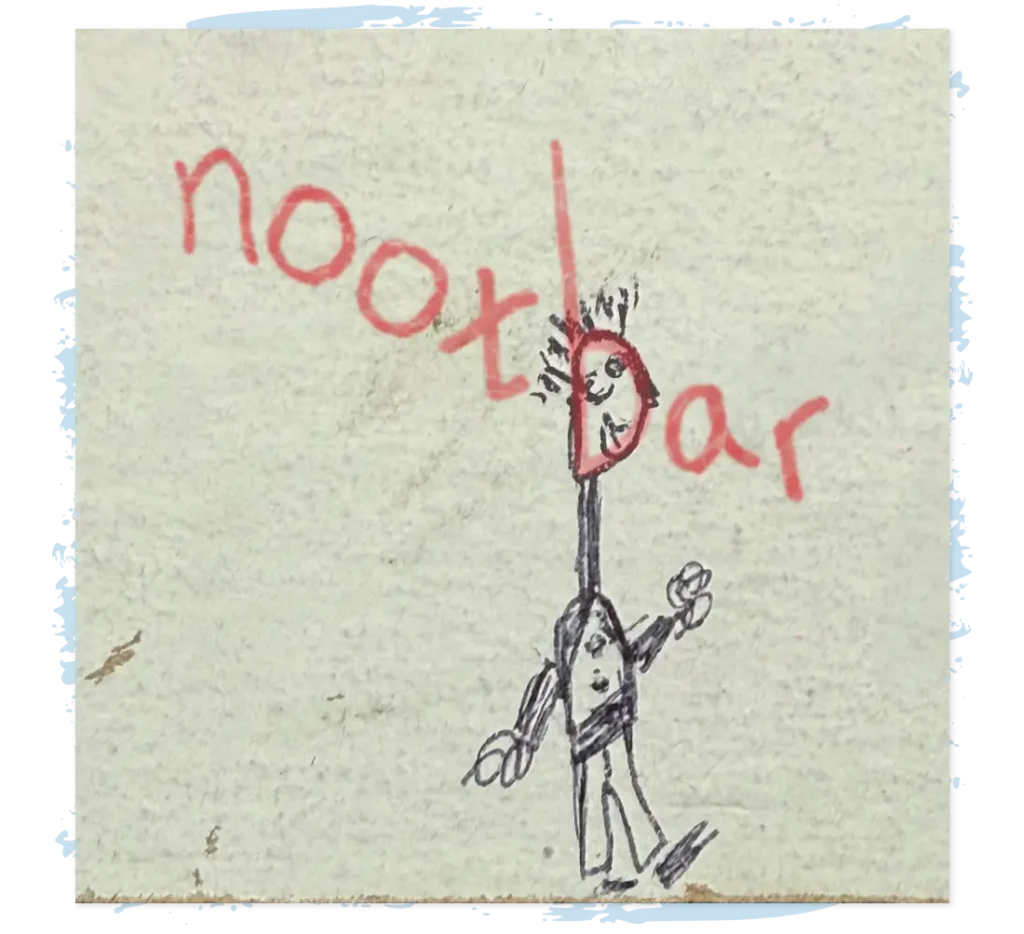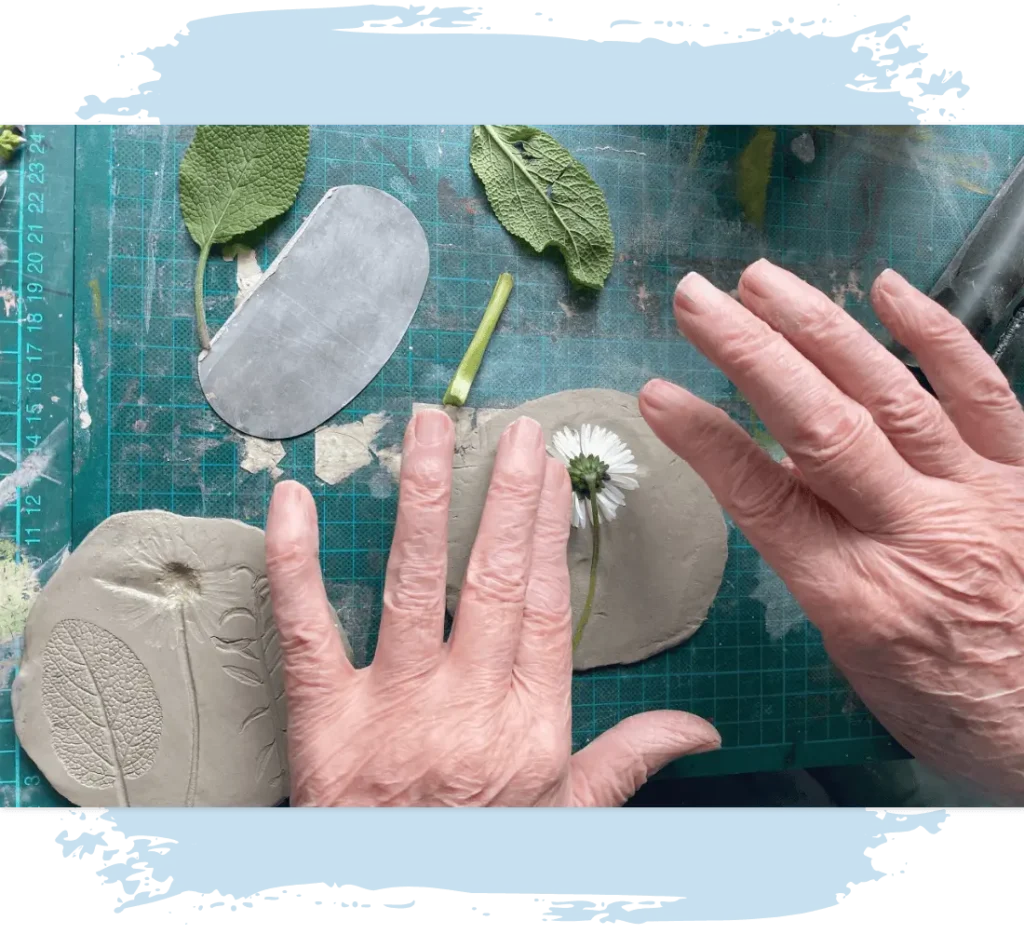What is As I Found It: My Mother’s House and how did it come to be?
As I Found It: My Mother’s House is a focused photographic essay about memory and the ways in which dementia destroys identity and personal history. It is also an intimate study, through idiosyncratic objects and their settings, of an aging parent.
I created the photographs in my mother’s house of over 40 years, a Boston seaside Victorian, after cognitive decline made it impossible for her to stay. Some of the photos show the home’s interiors as I emptied it out for sale, a process that took many months over the course of years. Others are close-ups of the hundreds of boxed arrangements of objects, both practical and sentimental, assembled by my mother for organizational and archival purposes.
My mother was a hoarder, yet also a lifelong organizer who made it her mission to create order in her massive cache. Much of the boxes’ content is neatly arranged, but in ways that would have made sense only to her, using schemes she was no longer able to explain to me because of her dementia.
The story behind the photographs, and my mother’s decline, is told by an introduction, captions, and text in a book published by Kehrer Verlag. But I tried to make the textual information sparing so that there would be room for readers and viewers to bring their own experiences to the images, in particular of caring for aging parents, dealing with familial hoarding behavior, and preserving a lifetime’s memories—the way in which these struggles revisit and reinvent the meaning of family.


What initially inspired you to grapple with dementia?
After my father died it fell to me to help my mother with many of her needs, including finances and health. Her cognitive powers declined over the following decade until she could no longer safely live at her old home. I made arrangements for her to live at a nearby memory care assisted living facility, then began to sort through the contents of her house in order to sell it, which would supplement the money needed for her care. I had to undertake this task by myself, in addition to being my mother’s primary caregiver and spending as much time as I could with her.
How has working on dementia-related art changed you?
I learned a lot about my family that I hadn’t known before, though what I found in my mother’s house raised as many questions as it answered. The experience also made me realize more than ever how much meaning and history we lose to dementia.
And, the experience of clearing out my mother’s house was artistically transformative for me. My previous photography has usually looked outward, being based on observation of the human landscape. By contrast, these images fall into the categories of still life and interiors. Its biggest difference from my previous photography, though, is that it’s the most documentary work I’ve ever done, and, at the same time, the most personal.
How has the work been received?
People who’ve shared their reactions with me seem to identify with the work despite its being so much about my own mother and family. I’m hoping the publisher’s publicity and distribution will help the work to reach a wider audience.
The prints of the photographs, which I make myself, are an important part of the project. Large, delicate, and very sharp, they invite viewers to scrutinize their contents to a greater degree, I believe, than do the reproductions in the book. I have shared these prints with curators and gallerists and received positive feedback, and they’ve been exhibited regionally, but my hope is that the book will create more opportunities for exhibition.
This work is dedicated to: my mother, Lorena.
The dedication in the book reads “For my mother, Lorena, an artist in the best sense: She saw art in, and created art from, the detritus of the everyday. I wish I could have made her departure what she wanted it to be.
Find more from Russell Hart on his website.











